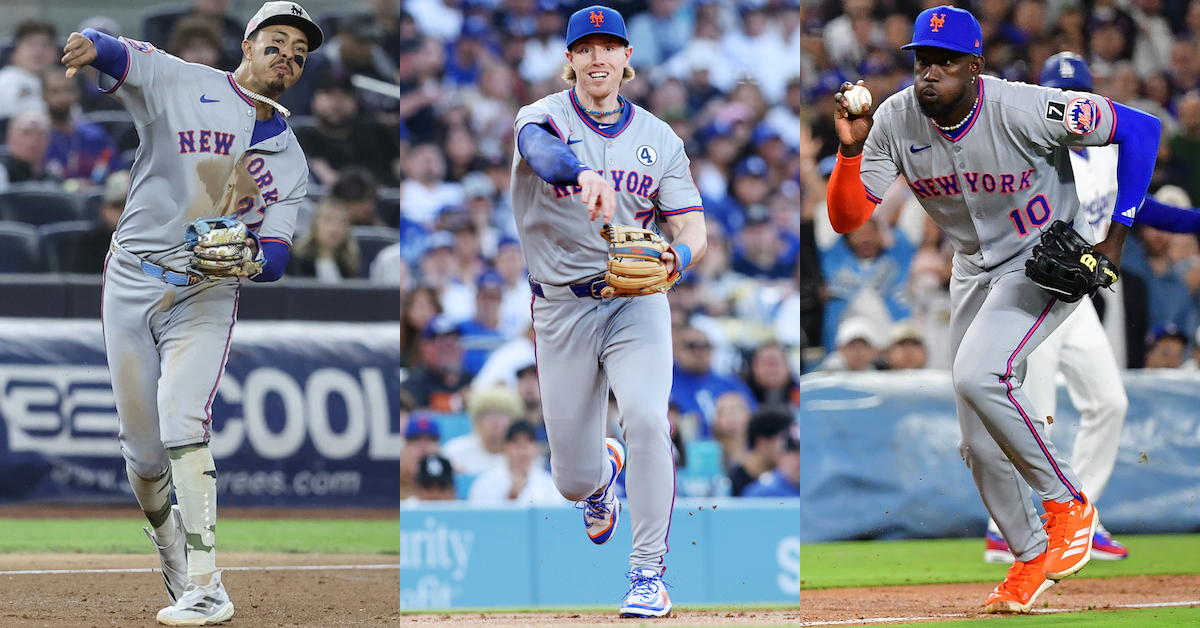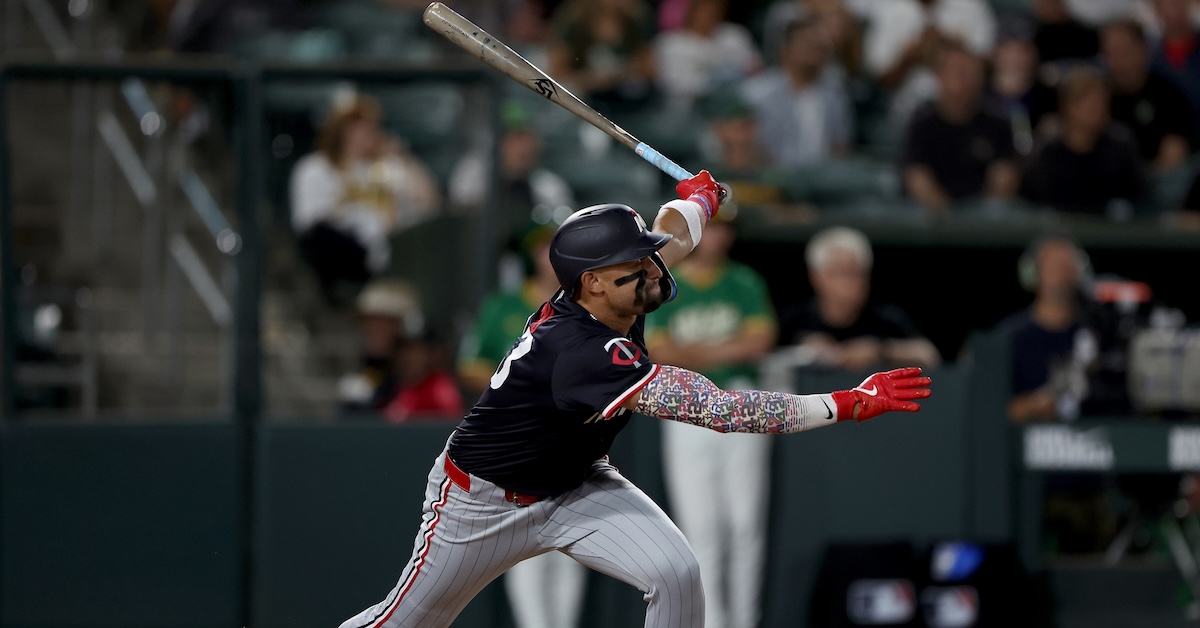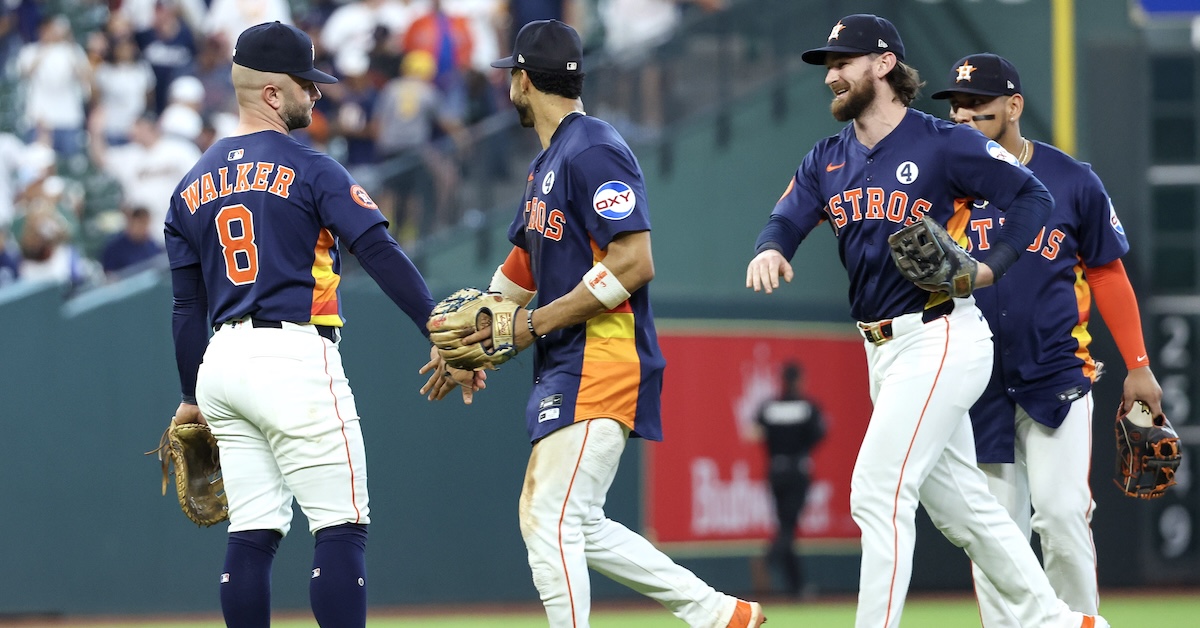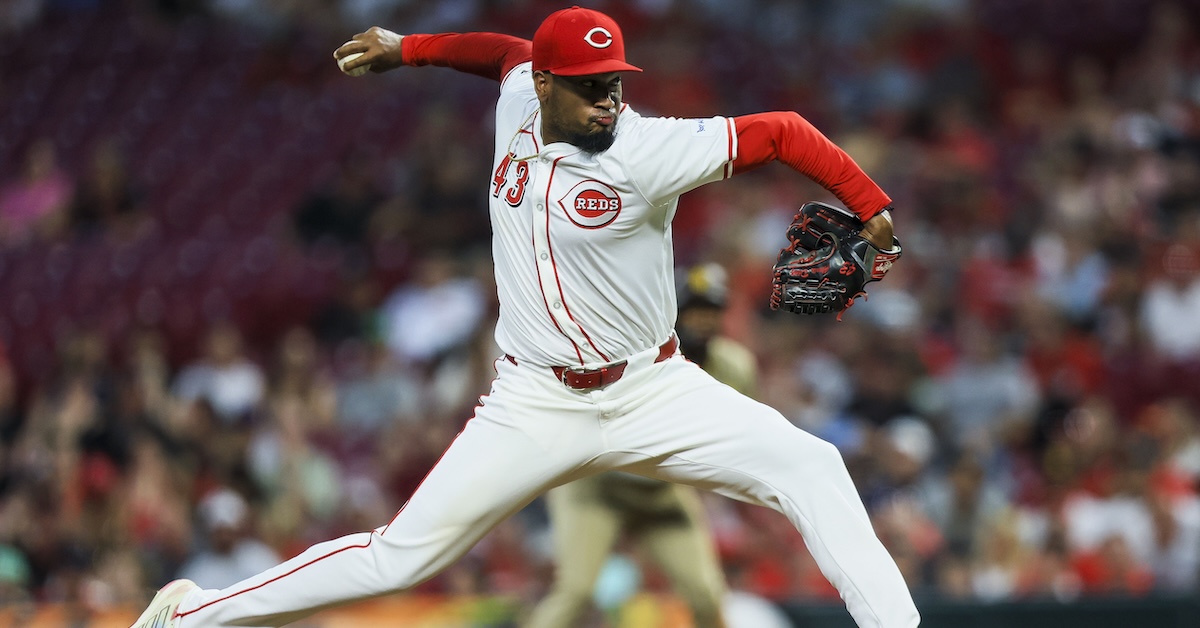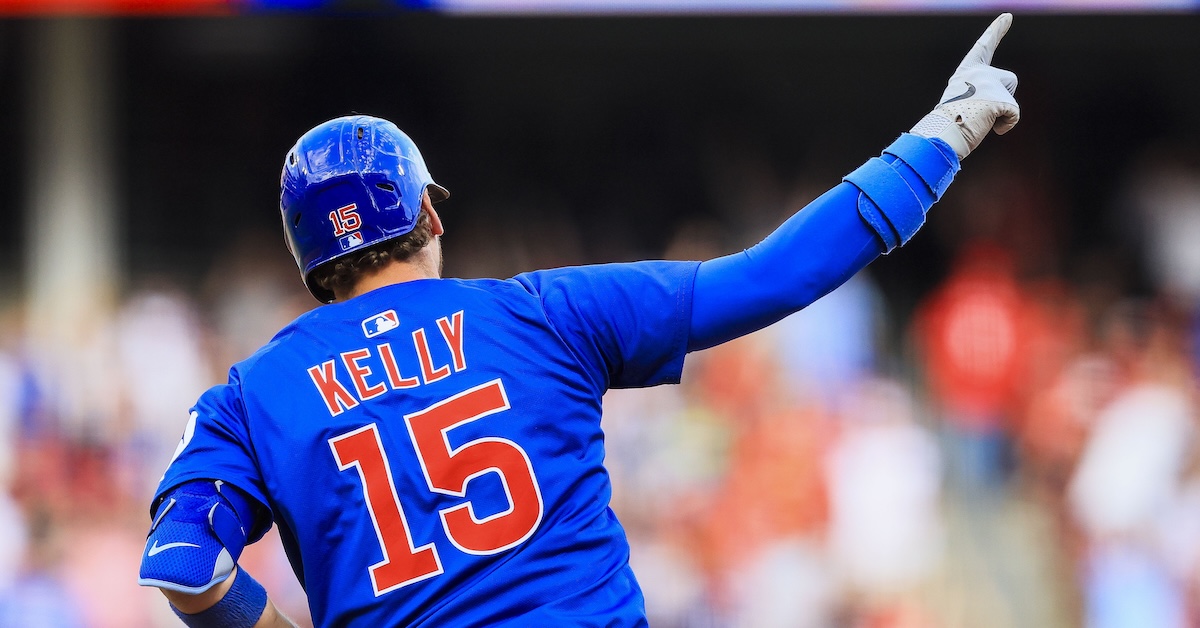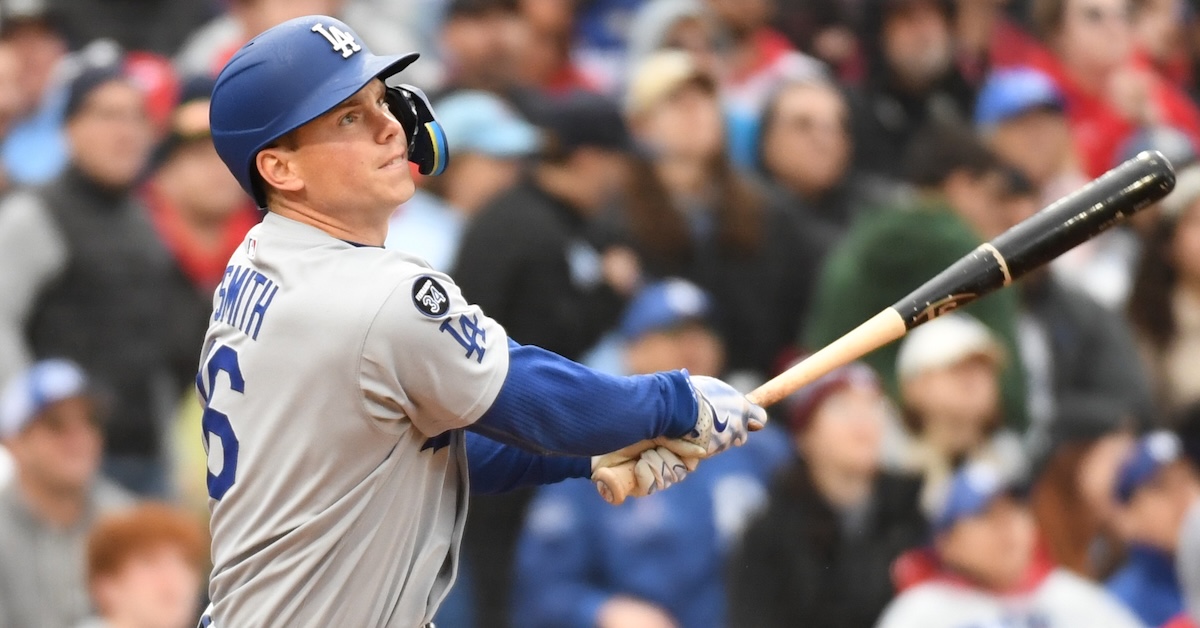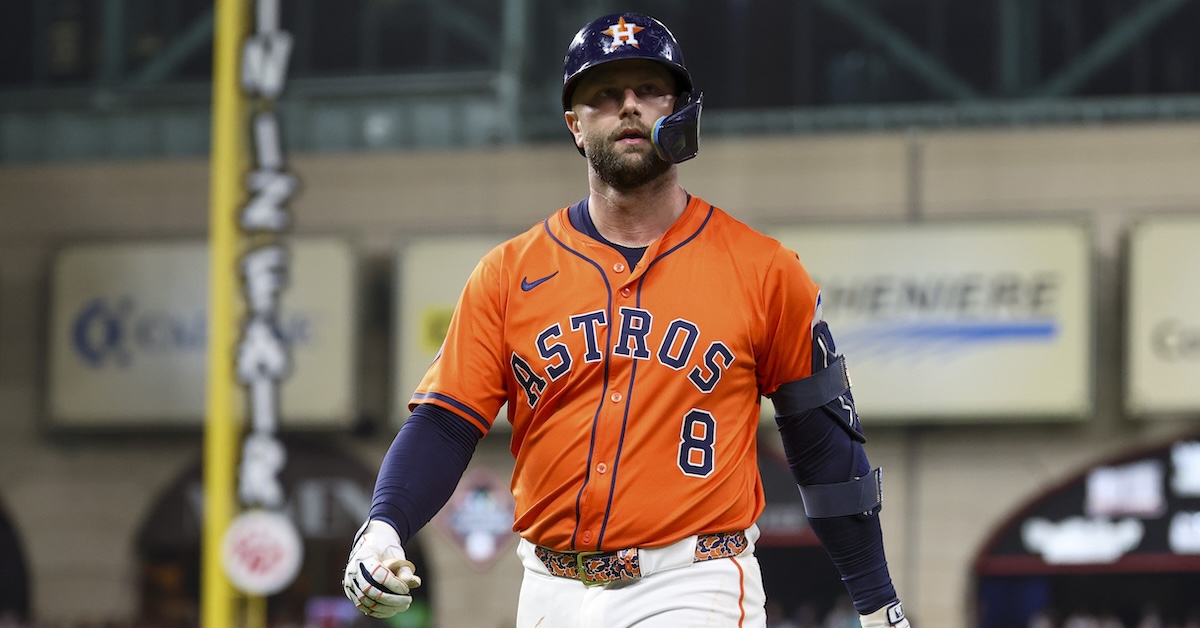Sunday Night Was Rough, but Carlos Rodón Has Bounced Back
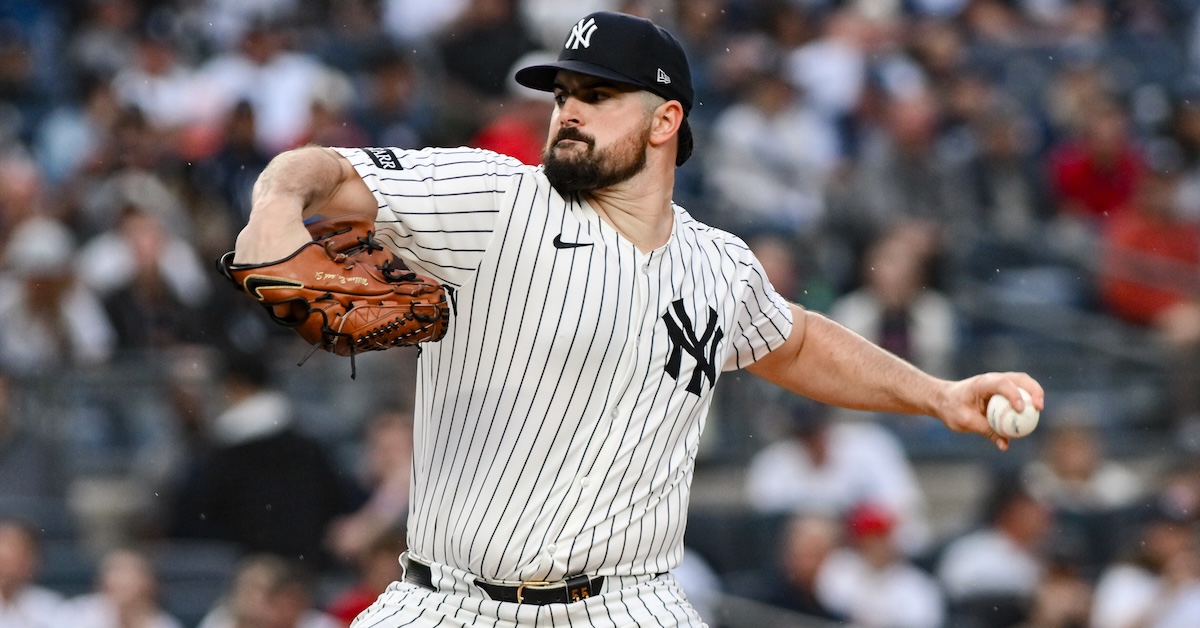
NEW YORK — Carlos Rodón was cruising until he wasn’t. After shutting out the Red Sox for the first four innings on Sunday night in the Bronx, Rodón scuffled while facing Boston’s hitters a third time, serving up two homers and allowing five runs before making an abrupt departure in the sixth inning of what became an 11-7 loss. It was a rare bum note from the 32-year-old lefty, who has stepped up to help the Yankees overcome the losses of Gerrit Cole and Luis Gil, pitching well enough to merit All-Star consideration.
Through four innings of an AL East rubber match between the first-place Yankees (39-25) and fourth-place Red Sox (32-35), Rodón had allowed only one hit and one walk while striking out four. He hadn’t thrown more than 16 pitches in any inning, had gotten first-pitch strikes against nine out of 14 hitters, and had allowed just one hard-hit ball: a 109.9-mph grounder by Ceddanne Rafaela that became an infield hit in the third. That play was compounded by a Jazz Chisholm Jr. throwing error, but it turned out to be of no consequence.
In the fourth inning, Rodón issued a two-out walk to Carlos Narváez, who to that point was just the second hitter he’d fallen behind 2-0 all night. It was the start of a trend. He went 2-0 against Abraham Toro before getting him to pop out to lead off the fifth, and after falling behind Trevor Story, induced him to pop out as well. To that point, he had retired 14 out of 16 batters, but he would get just one of the next five. Rafaela, the owner of a 42.7% chase rate (fourth-highest in the majors) wouldn’t bite at any of Rodón’s first three pitches, all well outside the zone, and ended up drawing a rare walk. Two pitches later, Kristian Campbell sent an up-and-away fastball just to the left of the foul pole in Yankee Stadium’s short right field, a towering 99-mph, 38-degree drive that didn’t slice. The runs snapped Rodón’s 18-inning scoreless streak, which dated back to the final inning of his May 16 start against the Mets. The homer was much less emphatic than Aaron Judge’s 108.6-mph, 436-foot blast off Red Sox starter Hunter Dobbins in the first inning, but it tied the game nonetheless. Rodón then struck out Jarren Duran chasing a low-and-away slider to end the frame. It was his 15th whiff on the night (six via his slider, five on his sinker, three on his four-seamer, and one on his change-up), and his fifth and final strikeout. Read the rest of this entry »
